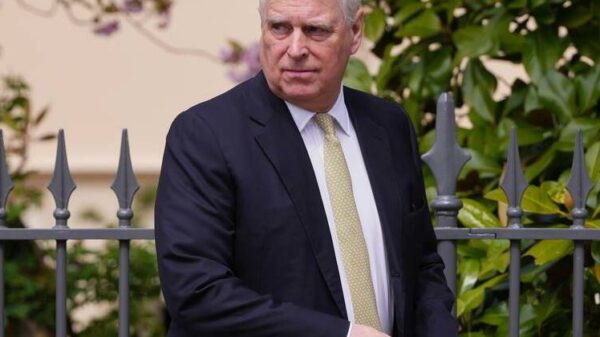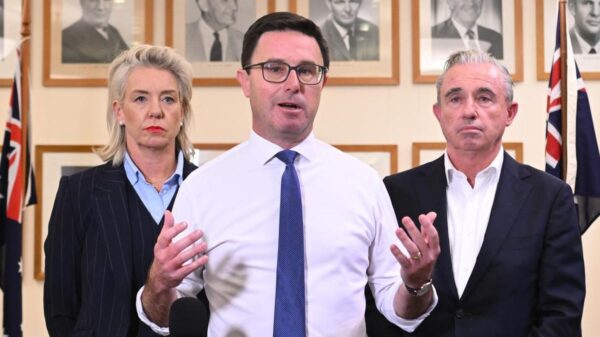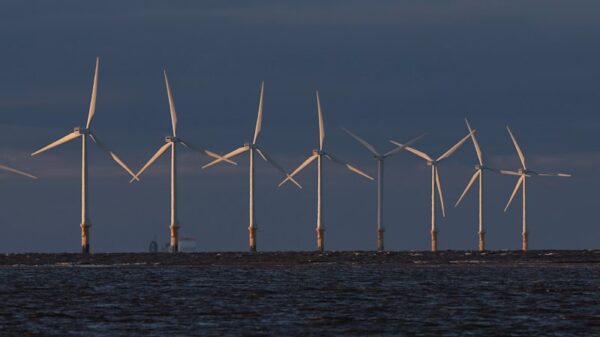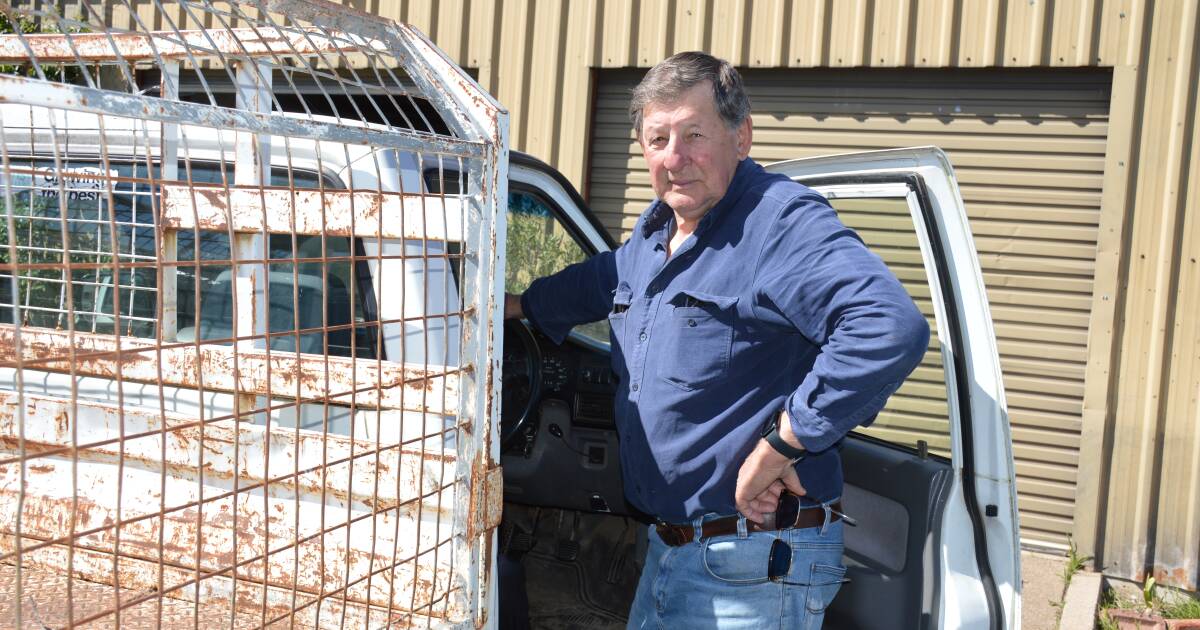Australia is considering a ban on the sale of new petrol and diesel vehicles by 2035. This proposal comes amid increasing pressure to align with the United Kingdom and the European Union in the transition to electric vehicles (EVs). However, regional campaigners warn that the necessary infrastructure is insufficient to support such a shift across the country.
During the release of the State of Electric Vehicles 2025 report, Julie Delvecchio, chief executive officer of the Electric Vehicle Council, urged the Australian government to adopt stringent targets and implement a ban on petrol and diesel vehicle registrations. “We’re also calling for more incentives to get Australians behind the wheel of electric cars and trucks, including GST exemptions and energy bill credits,” Delvecchio stated. She highlighted that while EV sales have increased significantly, the current momentum could stall without sustained government support.
Currently, electric vehicles account for 12.1% of all new car sales in Australia, with the Australian Capital Territory (ACT) leading at 26%. The report indicates a remarkable 24% increase in sales over the past year, alongside a growing variety of models available to consumers. The number of electric vehicle charging points has also risen to 4,192 across 1,272 locations, reflecting a 20% year-on-year increase.
Concerns About Regional Readiness
Despite the promising statistics, concerns remain, particularly regarding regional areas. Reg Kidd, chair of the NSW Farmers energy taskforce, expressed skepticism about the practicality of a complete transition to electric vehicles in rural Australia. Having spent considerable time on the road, he noted the lack of adequate infrastructure to support a ban.
Kidd, who owns a hybrid vehicle, remarked, “If you get to a spot and there is someone on there, then one to two people waiting, you might need to get overnight accommodation.” He emphasized that the charging network needs significant development, particularly in less populated regions where distances between towns can be vast.
While the report states that most electric vehicles offer a range of 400 to 600 kilometres on a single charge, Kidd pointed out that many rural drivers often tow heavy loads, which can reduce the effective range. He believes that urban areas might adapt more readily to the proposed ban, but regional Australia requires considerable improvements in both infrastructure and vehicle technology before such measures could be feasible.
Kidd further stated, “This is putting the cart before the horse,” highlighting the urgent need for a strategic approach that considers the unique challenges faced by regional communities. As the debate continues, it is clear that a balanced transition to electric vehicles will require collaboration between government authorities, industry leaders, and local communities.
With the timeline for change looming, stakeholders will need to engage in constructive dialogue to ensure that all Australians can participate in a sustainable automotive future. The road to a greener Australia is fraught with challenges, but with the right investments and planning, it can be navigated successfully.

































































